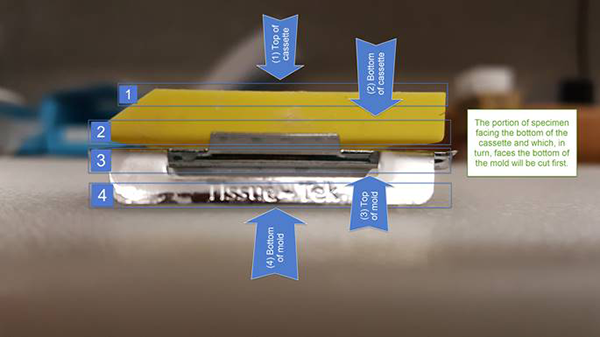Research Histology has provided answers to these frequently asked questions (FAQs). If you need more information, please contact the office at 801-213-4272, Monday–Friday, 8 a.m.–4 p.m.
FAQs Regarding Services and Supplies Provided
Research Histology does not provide any supplies to clients. We do recommend certain products, which can be found on our Recommended Products page.
Research Histology does not rush projects. The lab operates on a first-come, first-served basis. The standard turnaround time (TAT) for routine projects is one business week (five business days). However, TATs can vary depending on current volumes. The current TAT is posted in the lab below the submission drop-off location. Large projects, projects involving special or immunohistochemical (IHC) staining, and frozen projects will take longer than one week.
Research Histology does not provide this service. All specimens need to be grossed and placed in a cassette before submission to Research Histology.
Research Histology does not provide this service. All specimens need to be in cassettes and labeled with a unique identifier before being submitted.
Research Histology does not provide this service. Clients are required to submit all specimens in a 70% ethanol solution after fixing the tissue.
FAQs Regarding Turnaround Time
Research Histology's standard TAT is one business week (five business days). During particularly busy times, the TAT may be extended to a week and a half or two weeks. The current TAT is posted near our project drop-off box.
While it is possible that an embed-only project will be completed sooner, it is not guaranteed. Factors affecting the TAT for an embed-only project include the number of embed-only submissions and staffing.
FAQs Regarding Technical Aspects of Projects
Generally, scrolls are cut to a thickness of 10 µm, but Research Histology can cut any number of scrolls at the desired thickness as long as instructions are included in the “Cutting Instructions” section on the requisition form.
Research Histology provides 1-mm and 2-mm punch kits for tissue punches. If a different size punch is needed, the punch kit needs to be provided with the submission. We require a circled hematoxylin and eosin (H&E) slide accompany the request indicating the area to be punched.
The tissue orientation during embedding will determine the orientation of cutting. Orientation can be indicated in one of two ways: 1) by inking, or 2) by providing detailed instructions or images describing the required orientation. Place the side of the specimen you want cut first on the bottom of the cassette, which will be transferred during embedding directly to the bottom of the mold, which is the side that will be cut first.

You can find more information on the Terms and Definitions page.
Pat the desired area dry with gauze. Apply desired ink only to the area of interest and set using distilled vinegar. Return tissue to desired fixative.
















